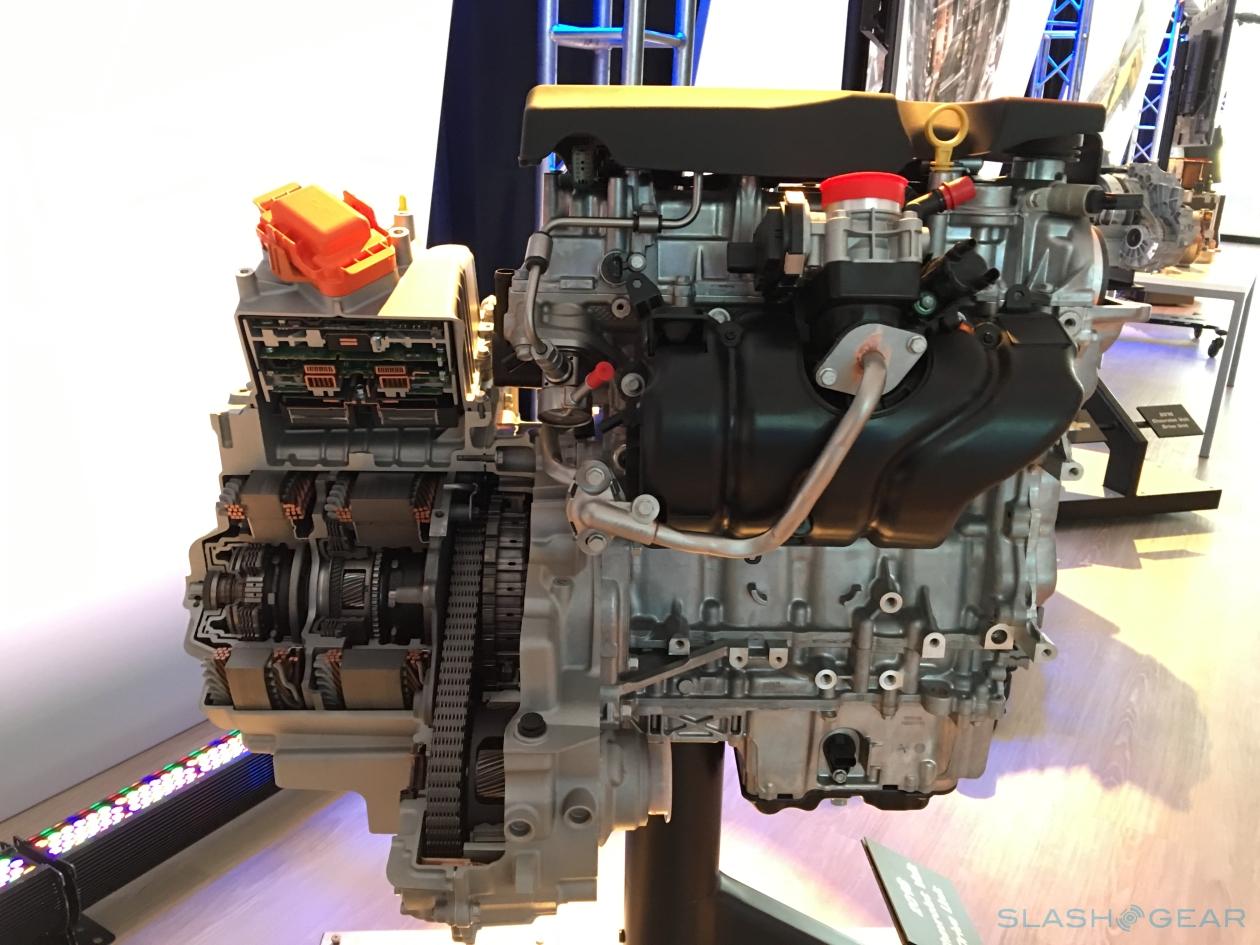

The acceleration will feel more like that of a sporty car with a V-6 engine than a small economy car. However, it's the feeling of launching the car that will really impress performance-crazy drivers. The Volt is expected to go from zero to 60 mph (97 kilometers per hour) in less than 9 seconds. "Electricity costs one or two cents a mile, versus 10 cents a mile for gas right now." "The infrastructure is already in place for electric vehicles," Posawatz said. Unlike hydrogen fuel cells, the technology is one we won't have to wait for. "But fitting the battery pack, heating and cooling, the types of materials used … that's all not known."

CHEVY VOLT RANGE EXTENDER ENGINE HOW TO
Engineers know how to design and build vehicles, he said. "The heart and soul of is the battery, with a vehicle on top," said Tony Posawatz, the vehicle line director for the Chevrolet Volt. Still, the platform's uniqueness creates challenges that GM must face. This keeps the battery safe in the event of an accident. The T-shaped battery runs through the center of the vehicle between the front and rear wheels, with the top of the "T" under the rear passenger seat. Unlike conventional batteries that are simply placed into a car's engine bay, the E-Flex battery is so large that's it actually built into the car itself. These cells are also easier to cool and condition, since fluid can flow easily across a flat surface. Flat cells take up less space than cylindrical cells, so that more energy can be stored in the car's battery pack. The E-Flex battery is also flat, unlike the cylindrical lithium-ion batteries used by most cars of its type. In the next section we'll look at the heart of the E-Flex platform - its battery - and how much money you'd save with a car that runs on one.
CHEVY VOLT RANGE EXTENDER ENGINE GENERATOR
After 40 miles (64 kilometers), the car's initial battery charge is depleted, and the internal combustion engine - called a range extender - seamlessly kicks in, operating a generator that charges the battery and keeps the car running on electric power. If all goes according to plan at GM, cars powered by E-Flex can run up to 40 miles (64 kilometers) on electric power alone, without using a drop of gasoline. The gasoline-powered engine is used only to recharge the battery once it runs out of power. "Our engine is not directly connected to the wheels and only comes on when the battery is depleted, acting as a stationary, on-board generator to create additional electricity to re-charge the battery and power the car." However, unlike hybrid cars like the Toyota Prius - which uses a small electric motor for low speed driving and switched to an internal combustion engine for acceleration and faster driving - GM considers cars built on the E-Flex platform to be electric cars rather than plug-in hybrids.Īfter a night of recharging (any household power outlet will do), the car's wheels are driven solely by electric power from its battery pack. " no support from a gas engine to operate, unlike a hybrid, which cannot operate without the engine," said GM spokesman Dave Darovitz.

The system puts what engineers call a revolutionary spin on the electric car - one that's driven by electric power but can drive for hundreds of miles with the help of an internal combustion engine. The E-Flex Propulsion System is an all-new platform from GM that's expected to underpin the highly anticipated Chevrolet Volt sedan, due in showrooms by the end of 2010.


 0 kommentar(er)
0 kommentar(er)
